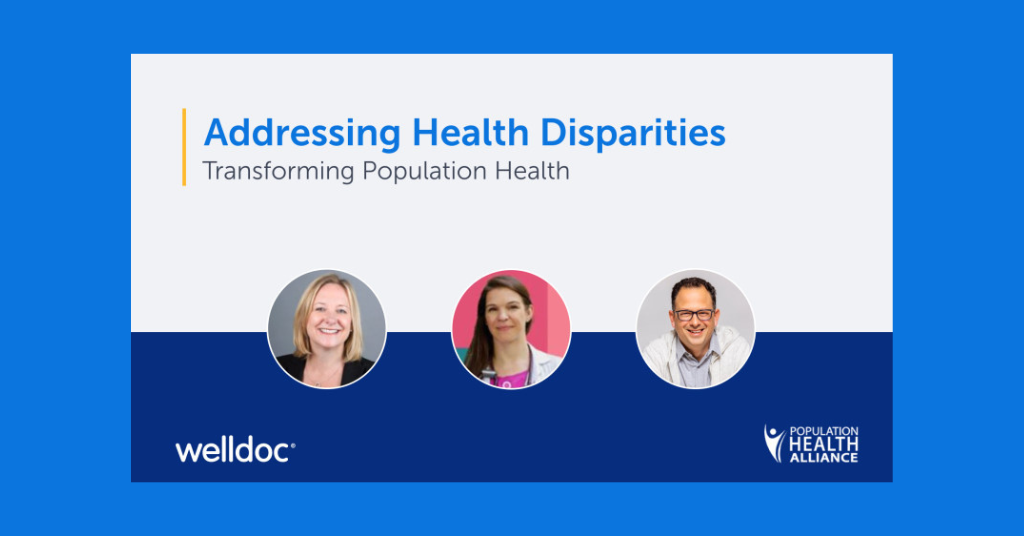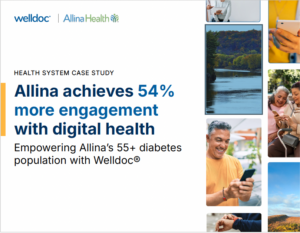Learn how New York City Health and Hospital System empowered patients to self-manage chronic conditions–in a not-one-size-fits-all population
New York City Health and Hospitals (NYCH+H) knows a thing or two about unique challenges with addressing health disparities. About 30% of the safety net hospital system’s population is uninsured, with the remaining on either medicaid or medicare. Their patient base is highly diverse, requiring the translation of pamphlets and brochures into 14 different languages. With 11 acute hospitals, and over 70 clinics, diagnostics, and treatment facilities, NYCH+H serves more than a million patients annually.
Dr. Karyn Singer, AVP of Chronic Disease and Prevention, is responsible for overseeing chronic disease initiatives across the entire NYCH+H system, focusing on conditions like diabetes and hypertension.
“What I would say is all patients really need support beyond four walls in terms of chronic diseases,” said Dr. Singer. “They need support and…know-how and guidance.”
The COVID-19 pandemic has exacerbated the social determinants of health (SDOH) within NYCH+H’s population, as it has done in many other communities. Some challenges faced by the population include lower socioeconomic status, limited health literacy, lack of access to nutritious food, limited familiarity with technology, and the opportunity costs associated with managing chronic conditions, such as the need for additional doctor visits weighed against arranging childcare, covering transportation expenses, or sacrificing work and wages.
“It’s not a one-size-fits-all population so we have to think about that when we’re approaching different types of technology for our patients,” explained Dr. Singer. “The coaching aspect of a digital solution could definitely help to support [the population]. An app like BlueStar…can have patients really interact and get real-time feedback about [things like], ‘Hey, your finger stick is kind of low,’ or, ‘You’re not quite at goal,’ or, ‘Maybe you should do some exercise and that might help bring your sugar levels down.’ Real-time coaching in that way just can do so much for our patients. We have 66,000 patients with diabetes who come to our primary care clinics, so something that we could really extend, not just to a handful of patients but really expand out if feasible, is what we were looking for.”
Learn how Dr. Singer and Keith Reynolds, Chief Operating Officer at Welldoc, addressed these challenges through digital health partnership: Watch the discussion in our Population Health video series.




